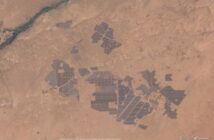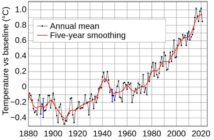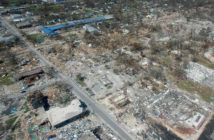We are a country that prides itself in solidarity and unification, yet a lack of general awareness on issues plaguing communities in places like Nunavut reflects our growing ignorances. Climate change is hitting Canada harder than most parts of the world because of its fresh-water ecosystem, and natural forestry. In Nunavut, it’s effects are felt first-hand.
This is What Makes Nunavut So Fragile:
For centuries, the Inuit have maintained a close relationship with ice, land, sky, and wildlife. They rely on their skills that have adapted to the unique climate and weather of the Arctic. Nunavut is comprised of mainly arctic. This means that the ground is predominantly sub-frozen and people use underground freezers to store their meats because it keeps them frozen year-round.
Traditional Ways of Weather Predictions Have Changed:
Inuit elders traditionally used their skills to predict the weather, and they have now seen drastic changes in cloud and wind patterns. This means that their weather and climate related knowledge is not aligned with today’s tumultuous conditions. When the weather and climate changes at such rapid, and non-linear or typical ways, it makes it difficult for elders to pass on their weather prediction knowledge to the younger generation. This has dire implications for residents because they base their movements across land on their predictions.
You Can’t Go From Point-A-to-Point-B:
What used to be reachable is now unreachable, preventing the use of traditional camp sites. Elders and community members report that decreasing water levels make it difficult to travel by boat. Lakes are melting earlier in the year, as well as rivers and sea ice. This makes it unsafe to travel in the spring. The thawing of permafrost makes traveling by ATV in the summertime exceedingly difficult.
Food Security is Threatened Because of Climate Change:
When weather events change at such drastic rates, there is less access to wildlife and greater risks to safety due to changes in sea ice thickness, permafrost conditions, and extreme weather events. This also shifts the reliance from local food to store-bought foods, which are almost triple the price of groceries available in southern-Ontario. Since goods and services are limited in Nunavut, it means that residents either go without crucial items, or must rely on long shipping times to receive them.
Health Impacts Due to Climate Change:
Diseases that are transmitted from animals to humans, which scientists refer to as “zoonotic diseases” are expected to rise when the temperatures warm. Animals that are previously isolated come into contact with one another when the natural barriers like ice or snow decrease. This can increase the spread of disease.
It’s Not That Simple:
Nunavummiut are living in complex social and environmental systems, which means that any changes to the climate can’t be addressed without encompassing all factors. Their abilities to cope with climate change are limited by poverty issues, food insecurity, language, housing, modernization, and the lack of traditionally needed, land-based skills. These facts all directly impact the Inuit cultural identity.
Related:




